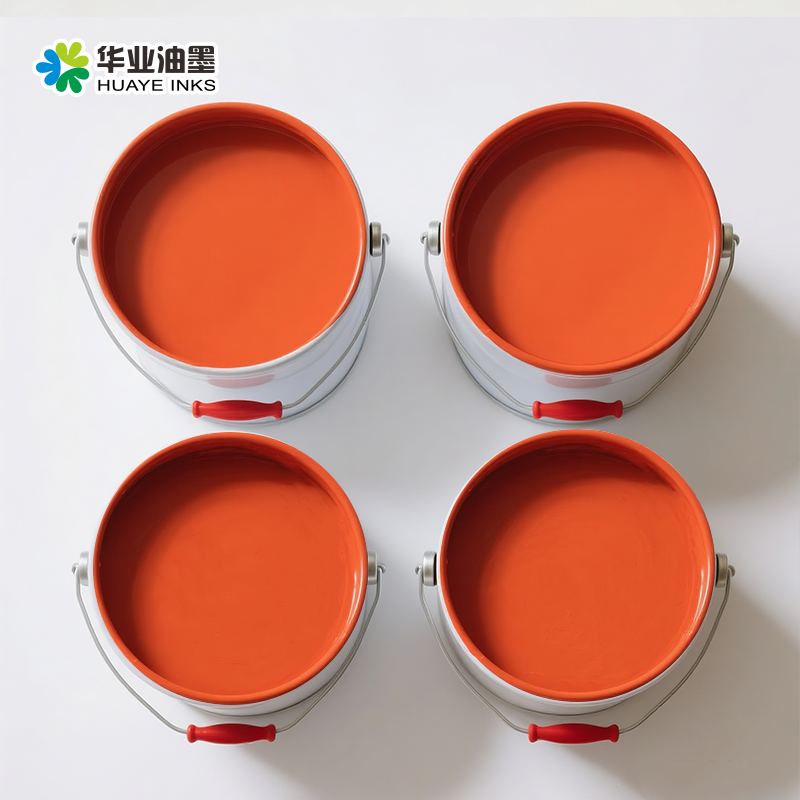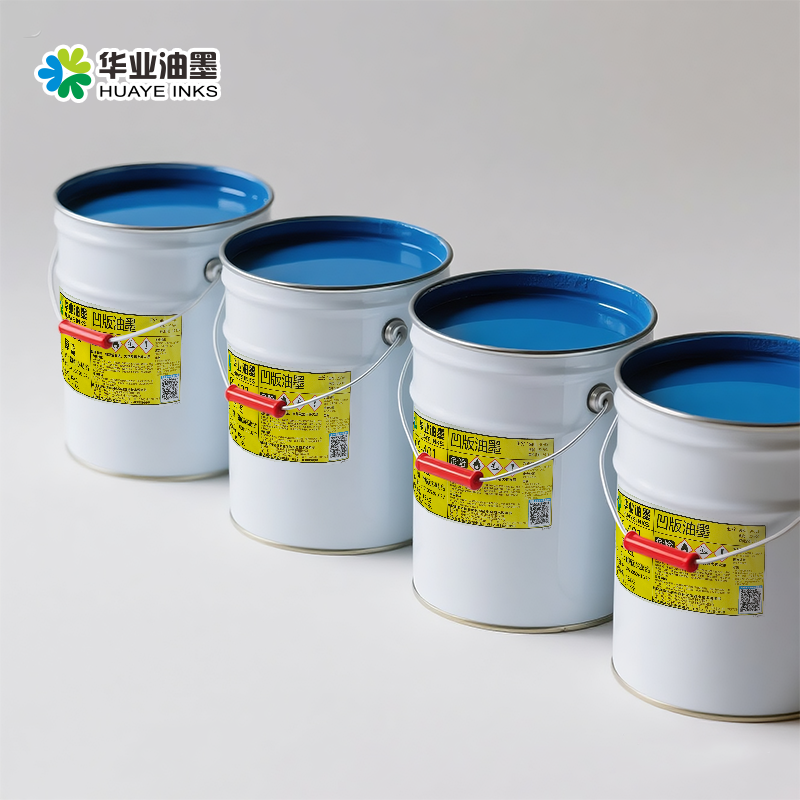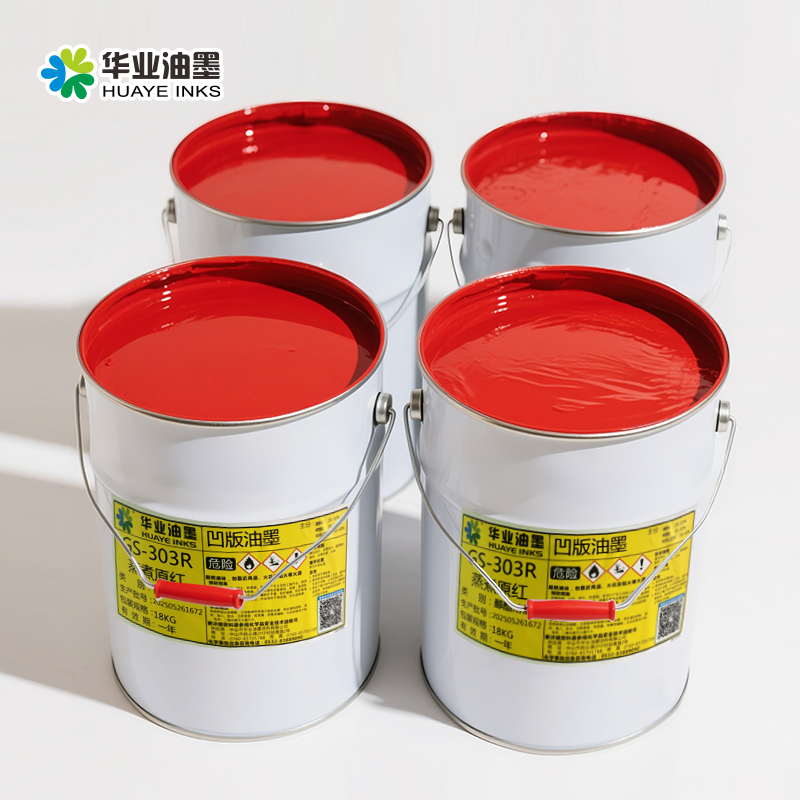No.2 Jieqing Road ,Shazai industrial Park, Minzhong Zhongshan City, Guangdong Province
Ink jet printing, also commonly referred to as inkjet printing, is a digital printing technology that has gained widespread popularity due to its flexibility, precision, and ability to produce high - quality prints on a diverse range of substrates. This technology operates by ejecting tiny droplets of ink onto the substrate in a controlled manner to form the desired image or text. The basic principle of inkjet printing involves several key components. The printhead is a crucial part, containing numerous tiny nozzles through which the ink is ejected. There are two main types of printhead technologies: piezoelectric and thermal. Piezoelectric printheads use a piezoelectric crystal that deforms when an electric current is applied, creating pressure that forces the ink out of the nozzles in the form of small droplets. This method offers precise control over the drop size and placement, enabling high - resolution printing and the ability to print fine details. Thermal printheads, on the other hand, heat the ink within a small chamber, causing it to vaporize and form a bubble. The expansion of the bubble forces a droplet of ink out of the nozzle. Thermal inkjet technology is often more cost - effective and is widely used in consumer - grade inkjet printers. The ink used in inkjet printing is carefully formulated to meet the requirements of the printing process. As mentioned before, inkjet inks can be dye - based or pigment - based. Dye - based inks provide vibrant colors and are suitable for applications where high - color saturation and smooth color gradients are desired, such as photo printing. However, they may not be as durable as pigment - based inks and are more prone to fading when exposed to light or moisture. Pigment - based inks, with their solid pigment particles, offer better lightfastness, water resistance, and durability, making them ideal for applications that require long - term color stability, such as outdoor signage or archival prints. Inkjet printing offers several advantages. It allows for on - demand printing, meaning that prints can be produced as needed without the need for large - scale production setups. This is particularly beneficial for short - run printing jobs, customized printing, and quick prototyping. The technology also enables the printing of complex designs and variable data, such as personalized labels or documents with unique information for each copy. Additionally, inkjet printing can be used on a wide variety of substrates, including paper, cardboard, plastic, fabric, and even some specialized materials, expanding its application scope across different industries, from packaging and labeling to textile printing and digital art. Despite its many advantages, inkjet printing also has some limitations. The printing speed may be relatively slower compared to some other industrial printing methods, especially for large - format or high - volume printing. The cost of ink cartridges can also be relatively high, especially for pigment - based inks. However, ongoing technological advancements are continuously improving the speed, efficiency, and cost - effectiveness of inkjet printing, making it an increasingly attractive option for both consumer and industrial applications.


